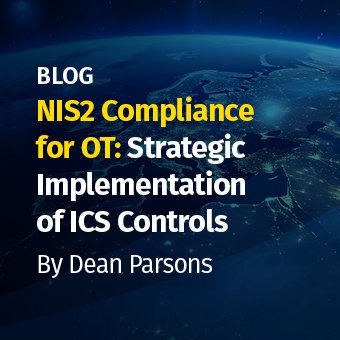Go Beyond Incident Response: The Benefits of a Complete Incident Management Platform
Enterprises face significant financial, reputational, intellectual property, and legal risks from data breaches, with all types of enterprises falling victim ' from government agencies like Office of Personnel Management (OPM) and the Internal Revenue Service (IRS), to high-tech companies like LinkedIn and Snapchat, to Fortune 50 companies like J.P. Morgan, Sony, and Oracle. Though the U.S. National Institute of Standards and Technology (NIST) has released best practices for incident response, most enterprises struggle to implement incident response strategies because of a lack of centralized approach that covers the full incident lifecycle, including workflows and playbooks, root cause analysis, and corrective action. Additionally, high volumes of alerts and incidents, the cybersecurity labor shortage, and the high costs of response services have made responding to breaches even more difficult and detrimental to the bottom line. Coinciding with the convergence of IT and security teams within cybersecurity and risk management operations, many organizations have recognized the need for a comprehensive incident management platform, one that security and IT managers can use to identify the source of incidents and breaches and leverage lessons learned to prevent them down the road.
Join SANS, The Chertoff Group and D3 Security on 'February 8th 'with a panel of cybersecurity experts to learn about the:
- - - - Threat, cost, and risk associated with today's cybersecurity landscape;
- - - - Convergence of IT and security operations;
- - - - Current incident response strategies and landscape;
- - - - Rise of traditional incident response platforms; and the
- - - - Capabilities of a comprehensive incident management platform.



.jpg)


